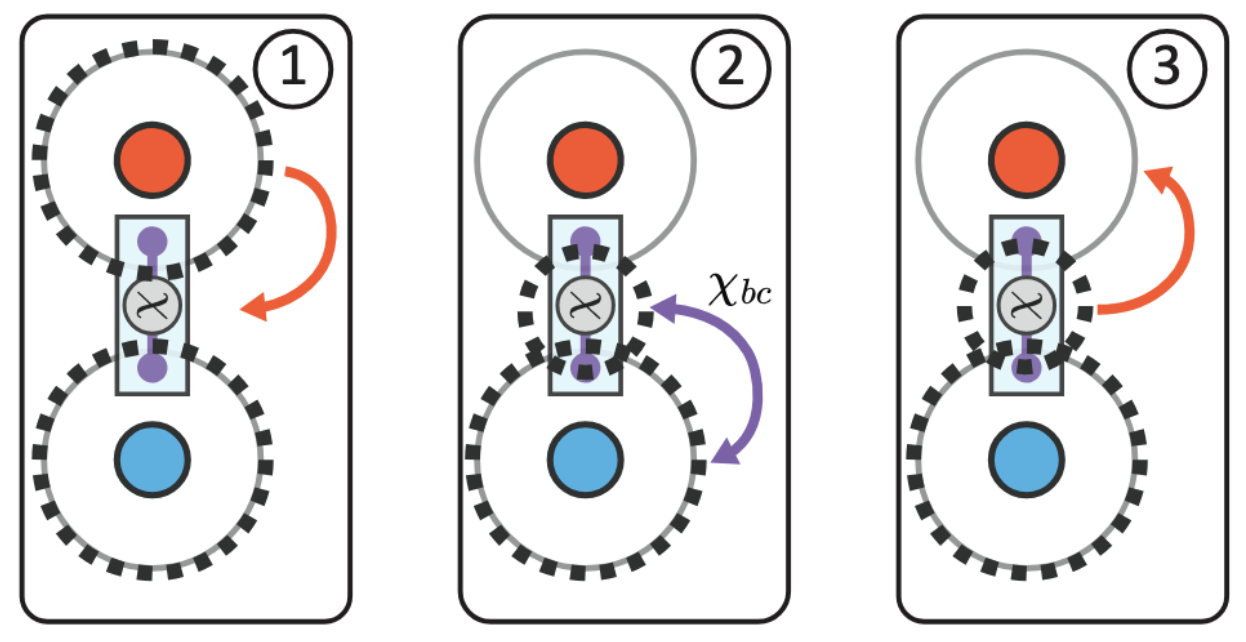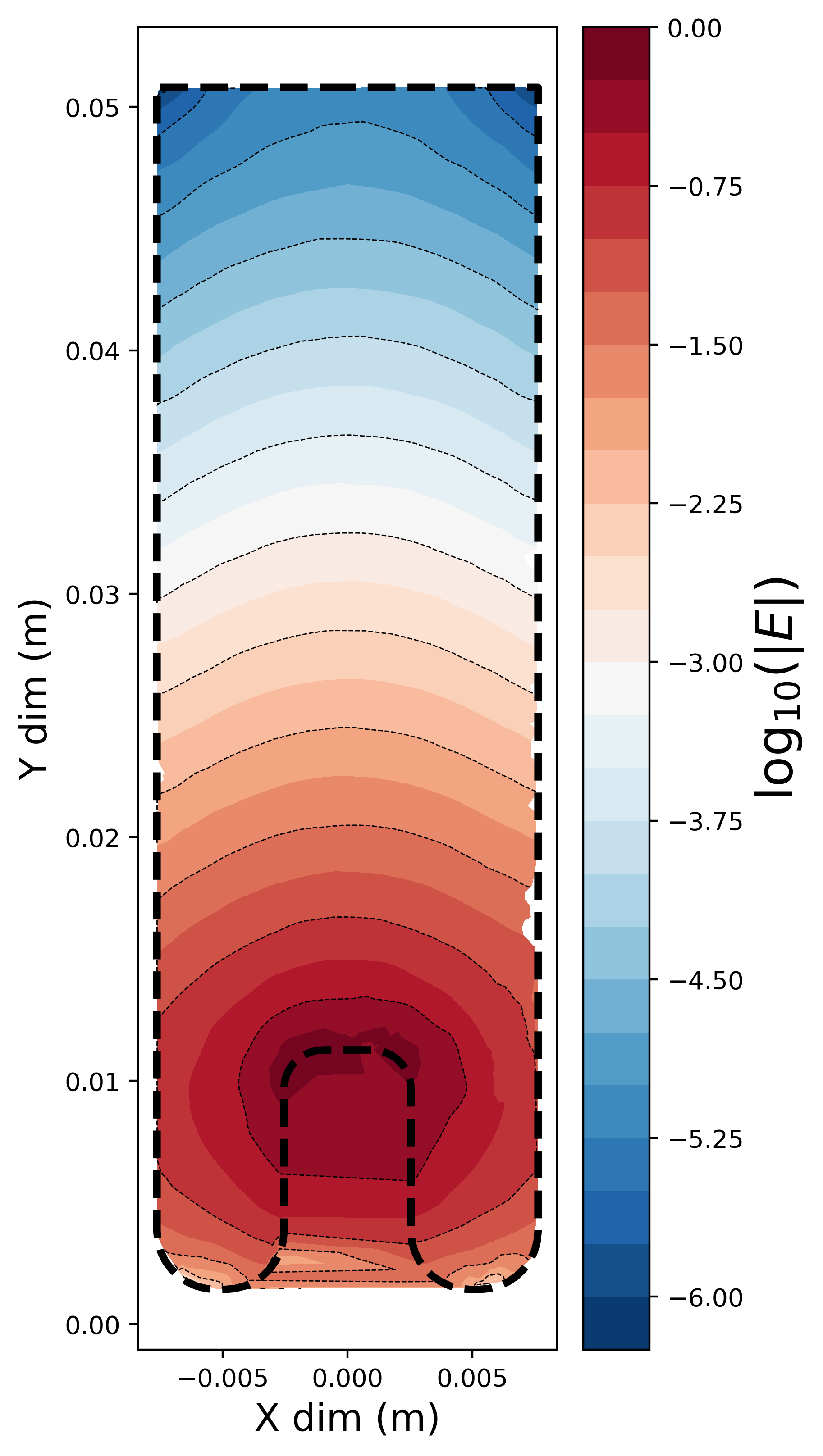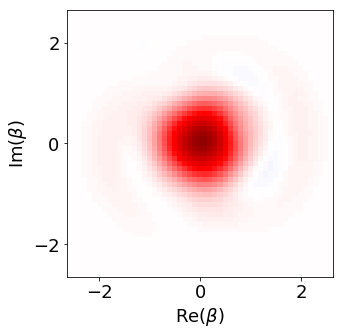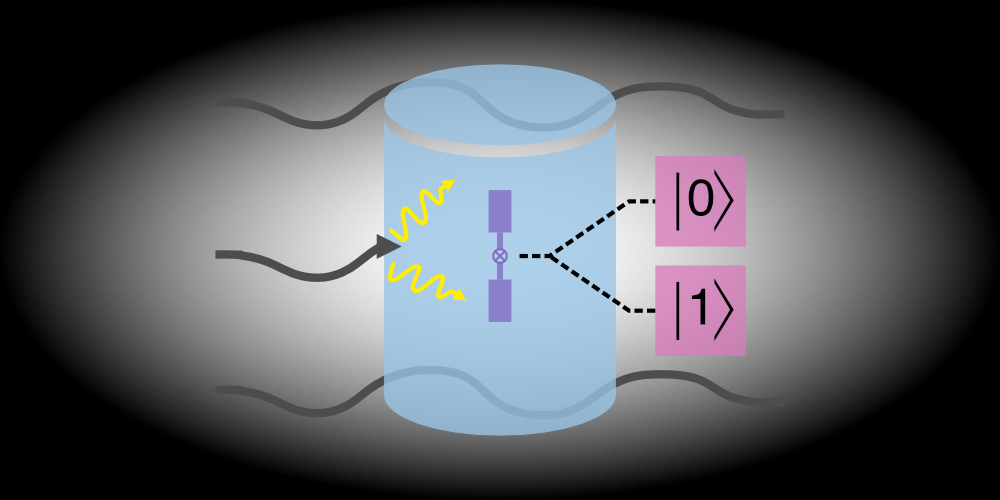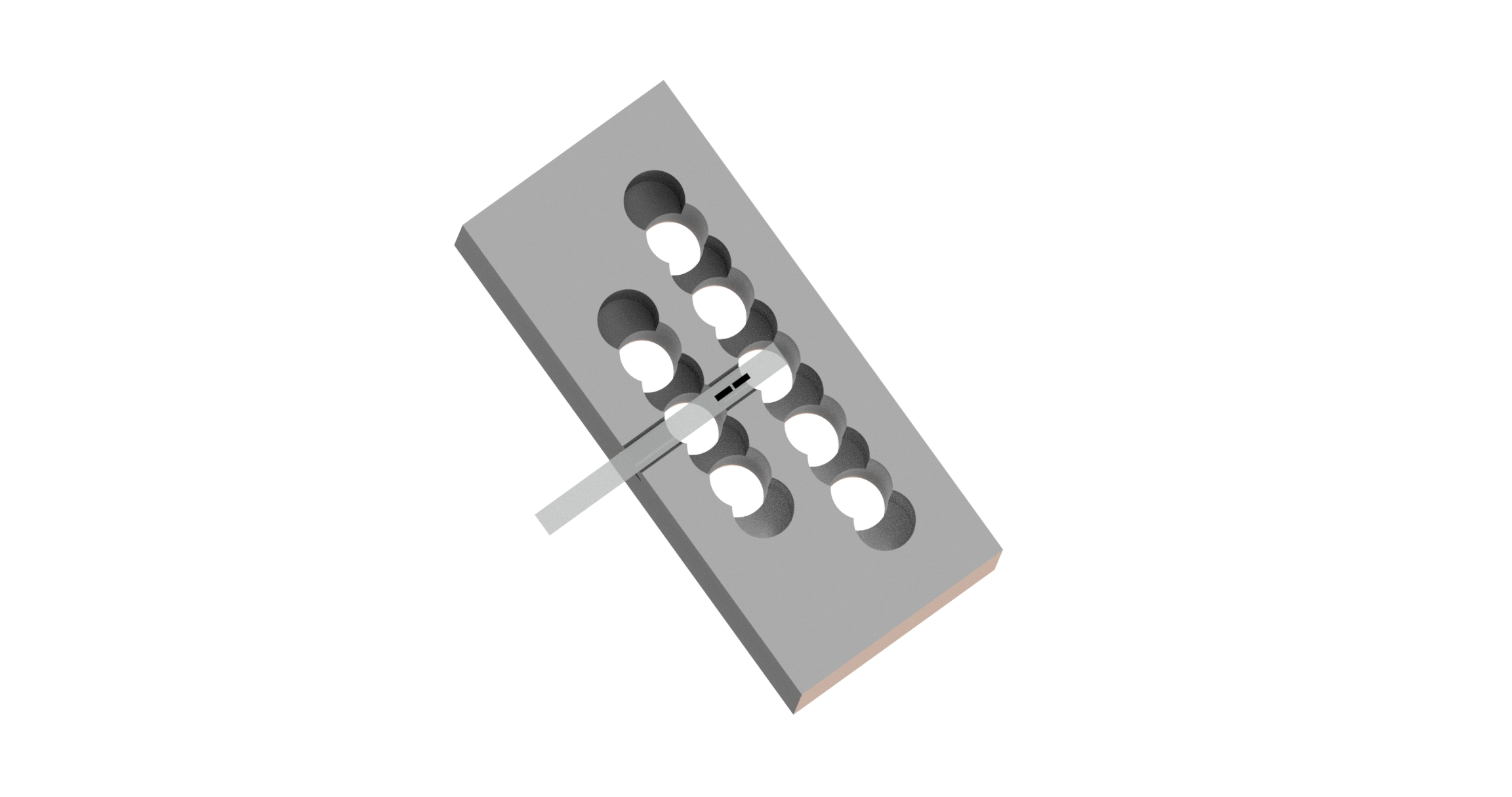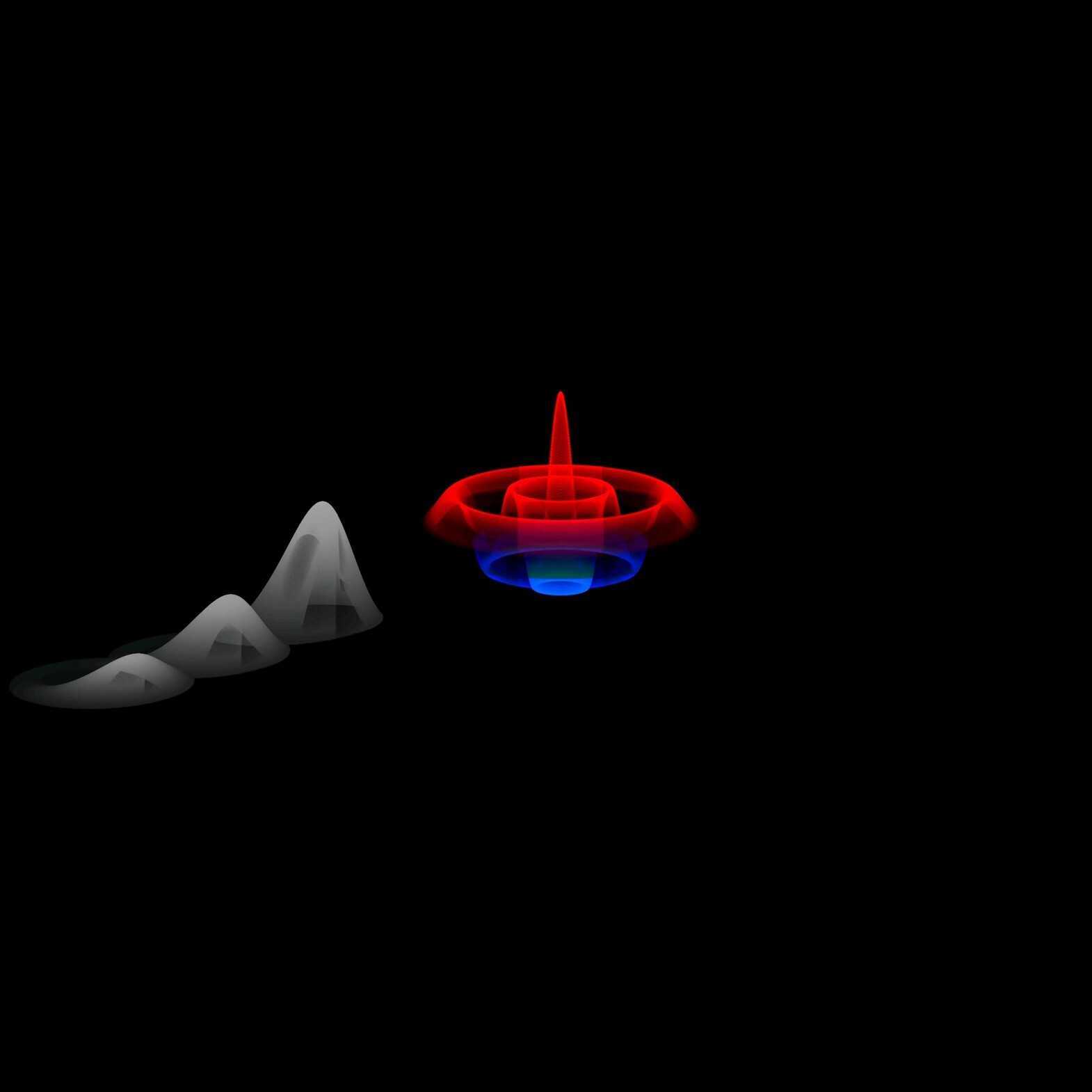Bias-preserving and error-detectable entangling operations in a superconducting dual-rail system
Nitish Mehta, James D. Teoh, Taewan Noh, and 26 more authors
For useful quantum computation, error-corrected machines are required that can dramatically reduce the inevitable errors experienced by physical qubits. While significant progress has been made in approaching and exceeding the surface-code threshold in superconducting platforms, large gains in the logical error rate with increasing system size remain out of reach. This is due both to the large number of required physical qubits and the need to operate far below threshold. Importantly, by exploiting the biases and structure of the physical errors, this threshold can be raised. Erasure qubits achieve this by detecting certain errors at the hardware level. Dual-rail qubits encoded in superconducting cavities are a promising erasure qubit wherein the dominant error, photon loss, can be detected and converted to an erasure. In these approaches, the complete set of operations, including two qubit gates, must be high performance and preserve as much of the desirable hierarchy or bias in the errors as possible. Here, we design and realize a novel two-qubit gate for dual-rail erasure qubits based on superconducting microwave cavities. The gate is high-speed (∼500 ns duration), and yields a residual gate infidelity after error detection below 0.1%. Moreover, we experimentally demonstrate that this gate largely preserves the favorable error structure of idling dual-rail qubits, making it ideal for error correction. We measure low erasure rates of ∼0.5% per gate, as well as low and asymmetric dephasing errors that occur at least three times more frequently on control qubits compared to target qubits. Bit-flip errors are practically nonexistent, bounded at the few parts per million level. This error asymmetry has not been well explored but is extremely useful in quantum error correction and flag-qubit contexts, where it can create a faster path to effective error-corrected systems.
